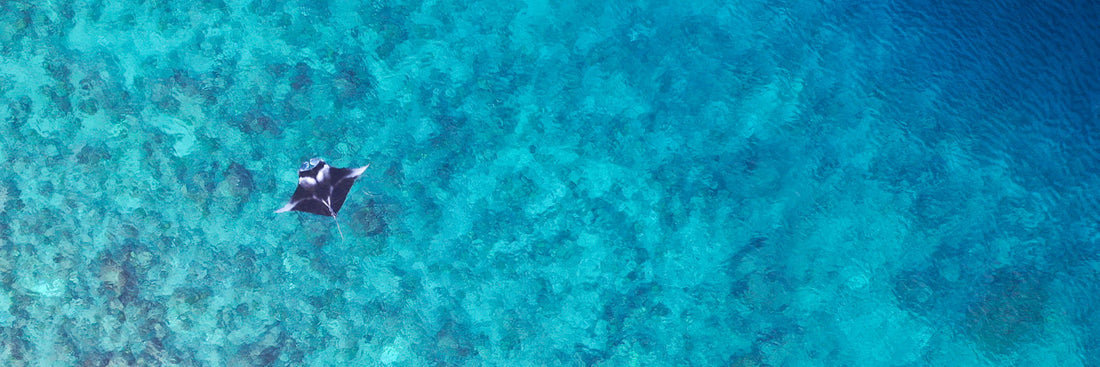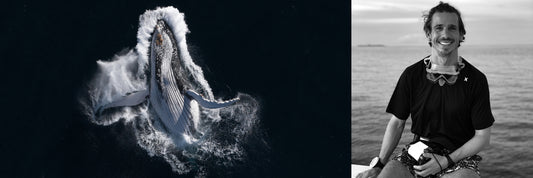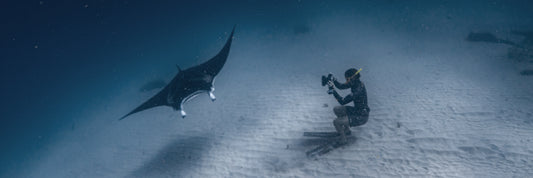
Drone Right | 6 Tips for Coastal Drone Photographers
Share
1. Keep filming
As a man who sells prints, I'm always keen to nail still photos. But switching between stills and videos has meant a painfully abrupt end to some potentially great footage when watching it back - be patient! My rule is that if you want to end a video, leave it running for 10 seconds more before making the move, you'll reap the rewards when editing!
2. Take too many photos
The ocean is ever-changing, even second-by-second - the whitewash of a wave or the settling of the sand beneath means no two photos are quite alike. Having 10 photos of the shoreline allows one to shine above the others, you'll be amazed at the difference between photos taken just moments apart.
3. Put faith in your drone
I regularly speak to people who are terrified to take their pride & joy out over the water, for fear of it dropping out of the sky! Whilst I have had a few close scrapes, they've all been a result of me pushing the limits of the drone to get 'the shot'. Modern drones are incredible machines and they are very adept at remaining in the sky and providing you with ample warning if they might drop, which, touch wood, has yet to happen to me in thousands of hours of flying.
(Update: it did happen to me after I wrote this and was the result of an old battery that finally gave up and dropped from 100% to 0% in an instant. DJI replaced the drone free of charge as a manufacturing defect. So monitor your battery health and stick to the above.)
4. Listen to the warnings
Annoying as they might be, battery and signal warnings should be heeded if you don't want your drone to take a dip. The only one I acknowledge but don't follow is the high wind warning, my DJI Mavic 2 Pro has proven itself in high winds. That said, you must allow for plenty of time to fly back - a stiff off-shore wind could be the end of it! Trust in the intelligence of your drone and know that it also errs on the side of caution.
5. Avoid the midday glare
Sunset and sunrise (my personal favourite, I'm a morning person!) are always a photographer's best friend, their significance is simply heightened with aerial photography; long shadows, great water visibility and often the most active wildlife are the main reasons why! If you happen to be out in the middle of the day and the sun is high, tilt the camera angle away from the sun to avoid glare and can still pick up details and colours in the water. A direct top-down in the midday sun is never going to show anything other than the sun's reflection.
6. Respect animals and humans alike
With the increasing accessibility of drones to the wider public, I do fear for the well-being of animals (and humans, to a lesser extent ;)). I've seen some dangerous flying around the packed beaches of Sydney over the past year or so but, more worryingly, some very invasive footage of wild animals.
There's one clip of a drone harassing a bear and her cub, which almost leads to the adorable cub's demise - this is the danger of drones, they offer us such a unique perspective but they need to be operated with care. Check the laws in your state and always put the welfare of wildlife first.
Let me know what other tips you have for droning right!!



